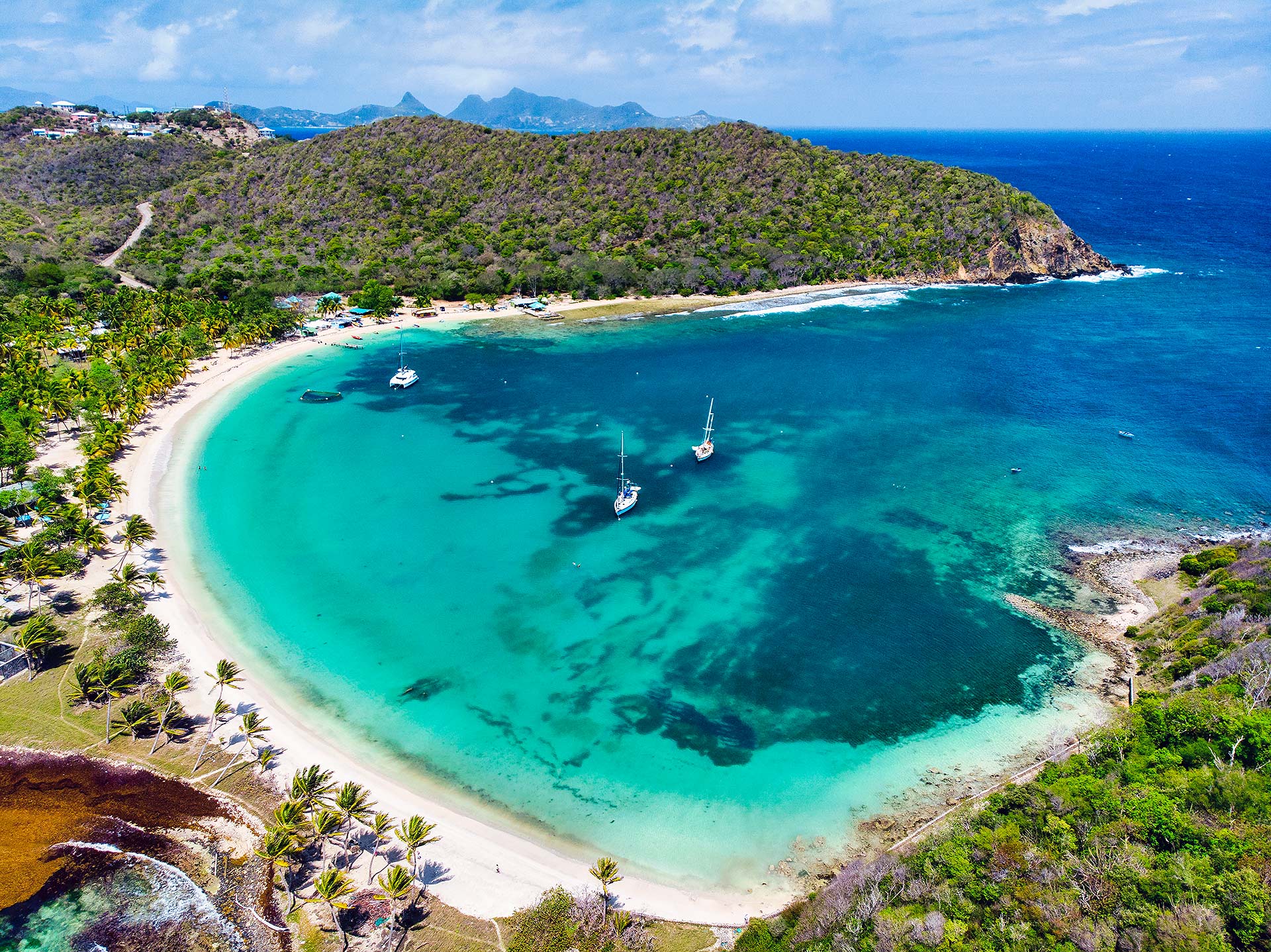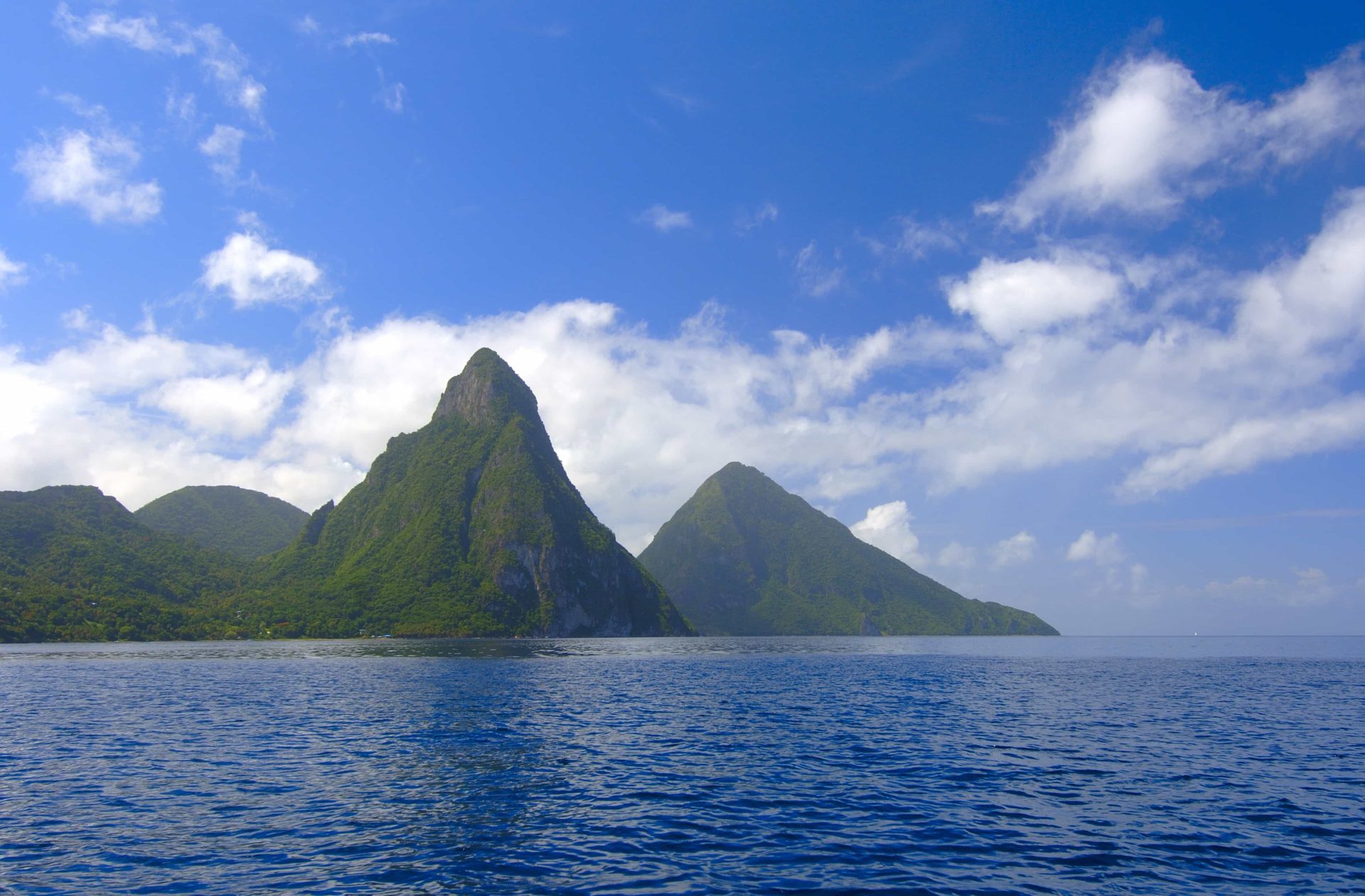Geography of the Windward Islands

The Windward Islands are a group of islands in the Lesser Antilles, located in the eastern Caribbean Sea. They are situated between the islands of Guadeloupe and Trinidad and Tobago, and form part of the Lesser Antilles arc.
The Windward Islands, a chain of islands in the Caribbean, are often affected by tropical storms and hurricanes. To predict the path of these storms, meteorologists use computer models called “spaghetti models”. These models show a range of possible paths that a storm could take, like a bunch of cooked spaghetti.
By studying these models, meteorologists can get a better idea of where a storm might go and how to prepare for its impact. Spaghetti models for Beryl , a recent storm that threatened the Windward Islands, showed that the storm could potentially pass close to the islands or even make landfall.
Fortunately, Beryl weakened before reaching the islands, but the spaghetti models helped meteorologists and residents prepare for the worst.
The islands are of volcanic origin, and are characterized by their mountainous terrain and lush vegetation. The highest point in the Windward Islands is Mount Soufriere on the island of Dominica, which rises to a height of 1,467 meters (4,813 feet).
The Windward Islands are a group of islands in the Caribbean Sea. They are located east of the Lesser Antilles and south of the Greater Antilles. The islands are part of the Lesser Antilles volcanic arc. The Windward Islands are known for their beautiful beaches, lush rainforests, and active volcanoes.
They are a popular destination for tourists from all over the world. Will Beryl hit Florida? The answer is yes, Beryl is expected to hit Florida on July 1st. The islands are also home to a variety of plant and animal life.
The Windward Islands are a beautiful and diverse region that is rich in culture and history.
Major Islands
The major islands of the Windward Islands are:
| Island | Size (km²) | Notable Geographical Features |
|---|---|---|
| Dominica | 751 | Mount Soufriere, Boiling Lake |
| Martinique | 1,128 | Mount Pelée, Diamond Rock |
| Saint Lucia | 616 | Pitons, Gros Piton |
| Saint Vincent and the Grenadines | 389 | La Soufrière, Grenadines |
History and Culture of the Windward Islands
:max_bytes(150000):strip_icc()/aerial-shot-of-cruz-bay-st-john-in-us-virgin-islands-165581255-58dea04e3df78c5162cf9584.jpg)
The Windward Islands boast a rich and diverse history, shaped by the interactions of indigenous, European, and African cultures. The islands were first inhabited by the Arawak and Carib peoples, who left behind a legacy of petroglyphs, pottery, and other artifacts. In the 15th century, European explorers arrived, bringing with them colonialism and the transatlantic slave trade.
European Colonization and Slavery, Windward islands
The Windward Islands were colonized by various European powers, including the Spanish, French, British, and Dutch. The islands became major centers of sugar production, and the slave trade played a central role in the region’s economy. The legacy of slavery continues to shape the social and cultural dynamics of the islands.
Independence and Cultural Diversity
Most of the Windward Islands gained independence in the 20th century. Today, the islands are a vibrant melting pot of cultures, reflecting their diverse history. The indigenous heritage is still evident in traditional music, art, and cuisine, while European and African influences are also prominent.
Traditional Music and Art
The Windward Islands are known for their lively music traditions, which incorporate elements of African, European, and Caribbean rhythms. Popular genres include calypso, soca, and reggae. The islands are also home to a rich tradition of visual arts, including painting, sculpture, and pottery.
Cuisine
The cuisine of the Windward Islands is a fusion of flavors from around the world. Indigenous ingredients, such as cassava and breadfruit, are combined with European and African spices and cooking techniques. Popular dishes include callaloo soup, saltfish and dumplings, and rotis.
Tourism and Economy of the Windward Islands

The Windward Islands, with their captivating landscapes, pristine beaches, and rich cultural heritage, are a prominent tourist destination in the Caribbean. Tourism plays a pivotal role in the economy of the region, contributing significantly to GDP and employment.
Major Tourist Attractions and Activities
The Windward Islands offer a diverse range of tourist attractions, catering to various interests. Visitors can bask on the sun-kissed beaches, embark on thrilling hikes through lush rainforests, explore historical sites that narrate the islands’ past, and immerse themselves in the vibrant local culture.
- Beaches: The islands are renowned for their white-sand beaches and crystal-clear waters, offering ample opportunities for swimming, snorkeling, and sunbathing.
- Hiking Trails: The Windward Islands boast an extensive network of hiking trails, leading adventurers through breathtaking landscapes, from lush rainforests to volcanic peaks.
- Historical Sites: The islands are steeped in history, with remnants of colonial architecture, plantations, and fortifications scattered throughout the region, providing insights into the islands’ past.
Challenges and Opportunities for Sustainable Tourism Development
While tourism is a vital economic driver, it also presents challenges that need to be addressed to ensure sustainable development. The Windward Islands face issues such as environmental degradation, overdevelopment, and the need to preserve their cultural heritage while accommodating the influx of tourists.
- Environmental Sustainability: Balancing tourism development with environmental conservation is crucial. The islands must implement measures to protect their natural resources, including beaches, coral reefs, and wildlife.
- Responsible Development: Overdevelopment can strain the islands’ infrastructure and resources. It is essential to plan tourism development responsibly, considering the carrying capacity of each island.
- Cultural Preservation: Tourism can both promote and threaten local culture. The islands must find ways to showcase their unique traditions and heritage while preserving their authenticity.